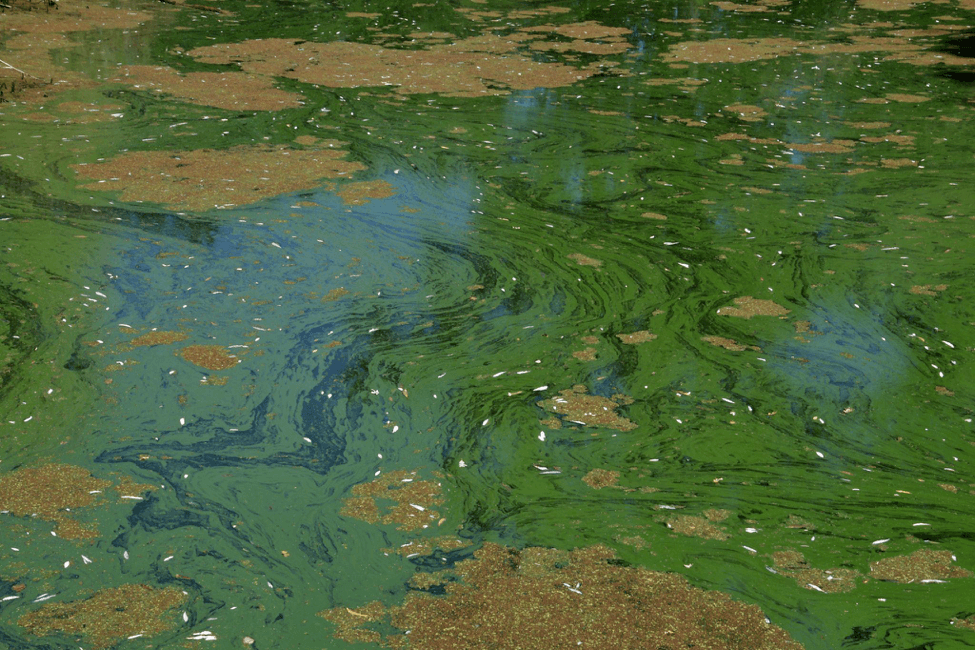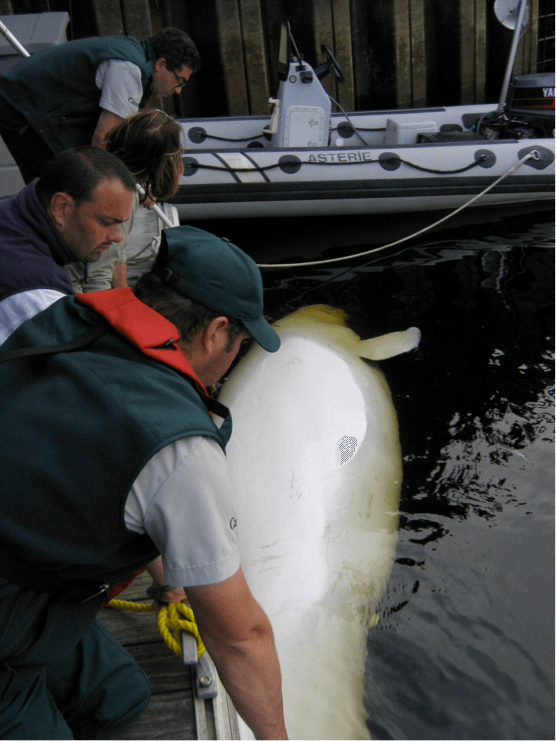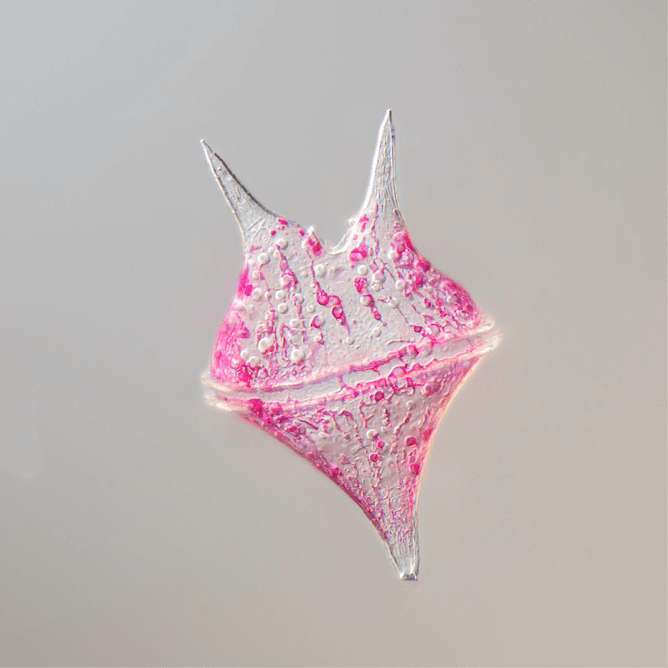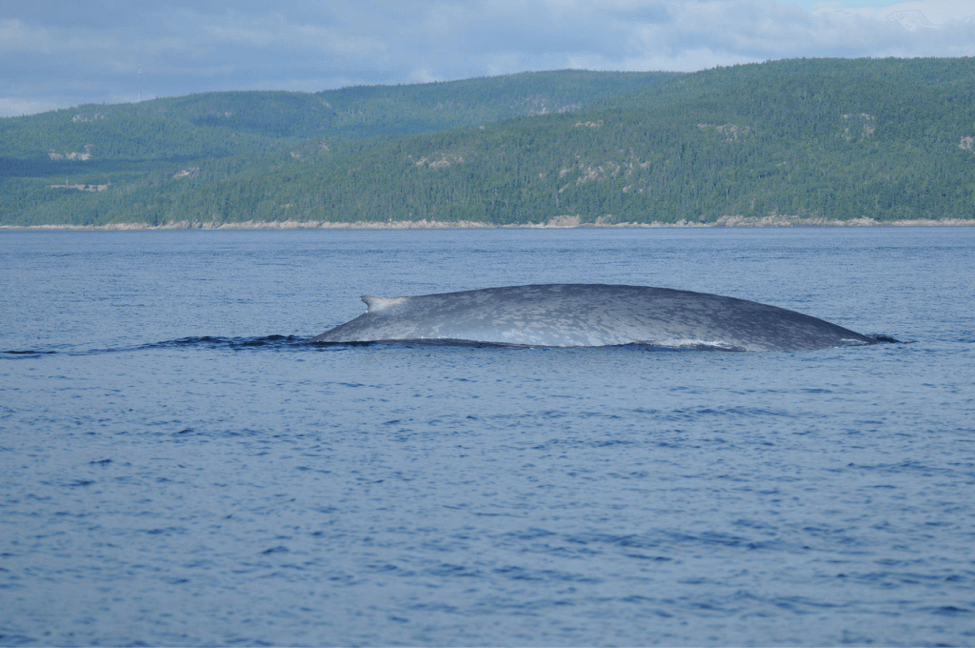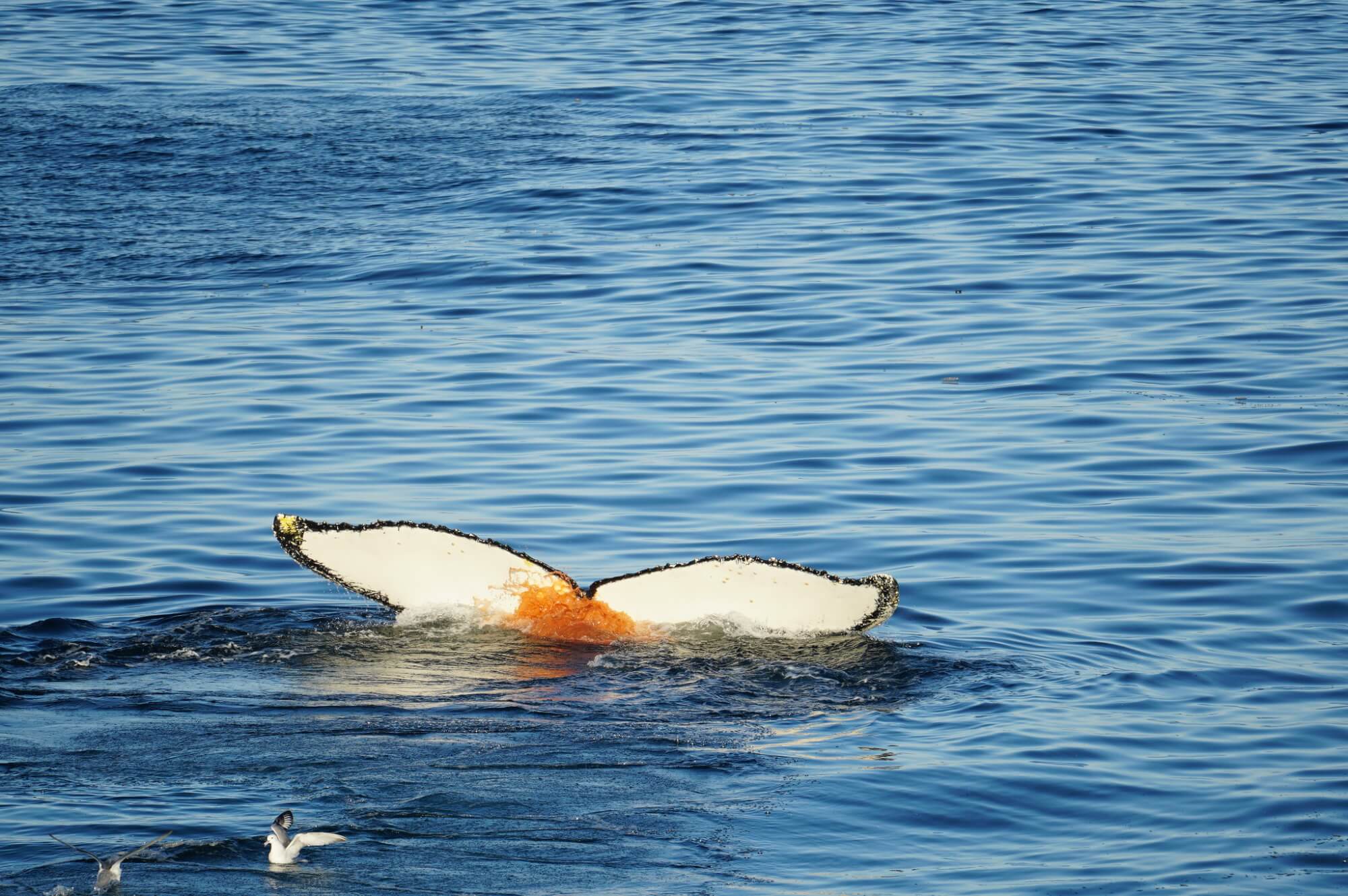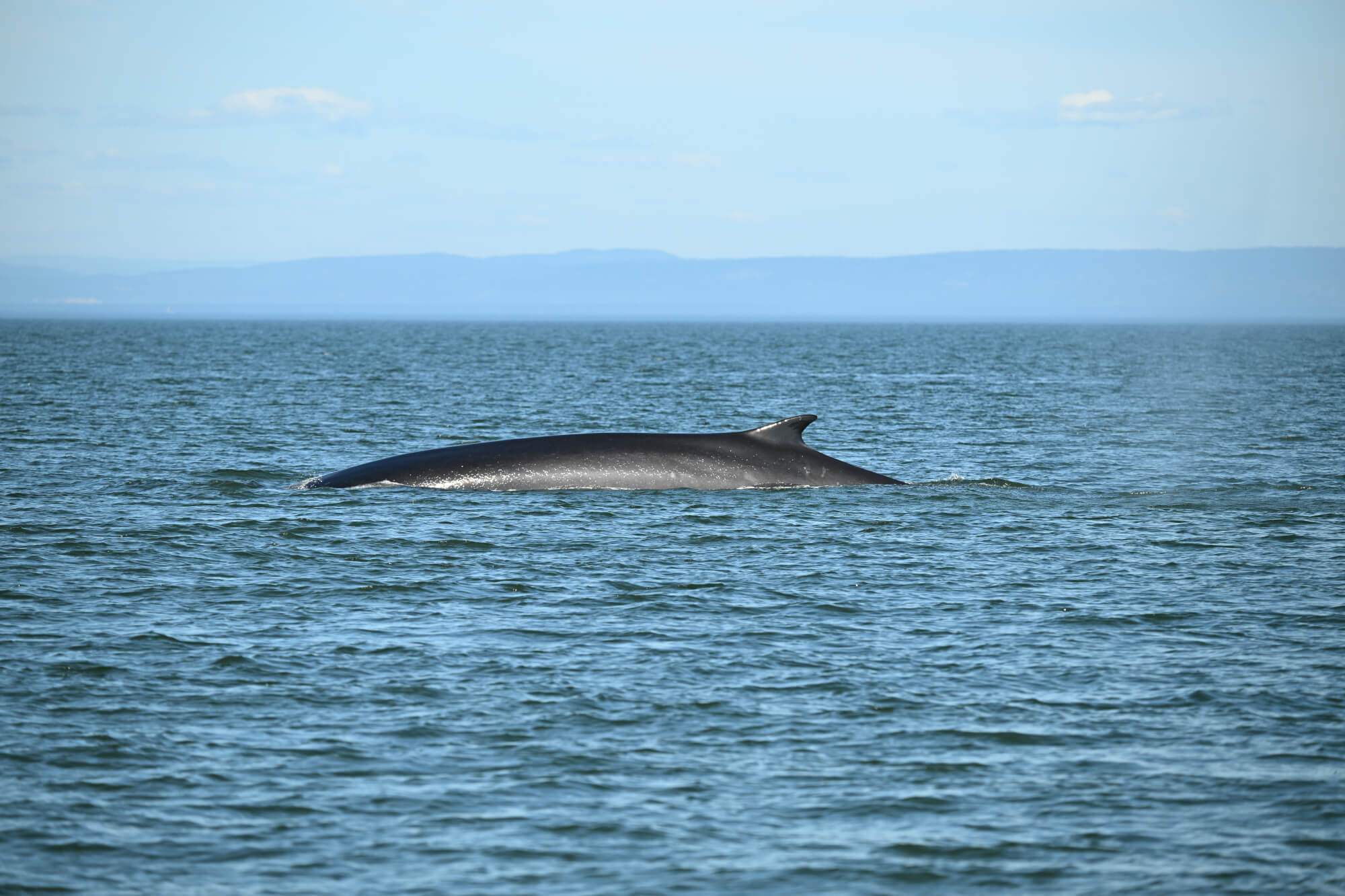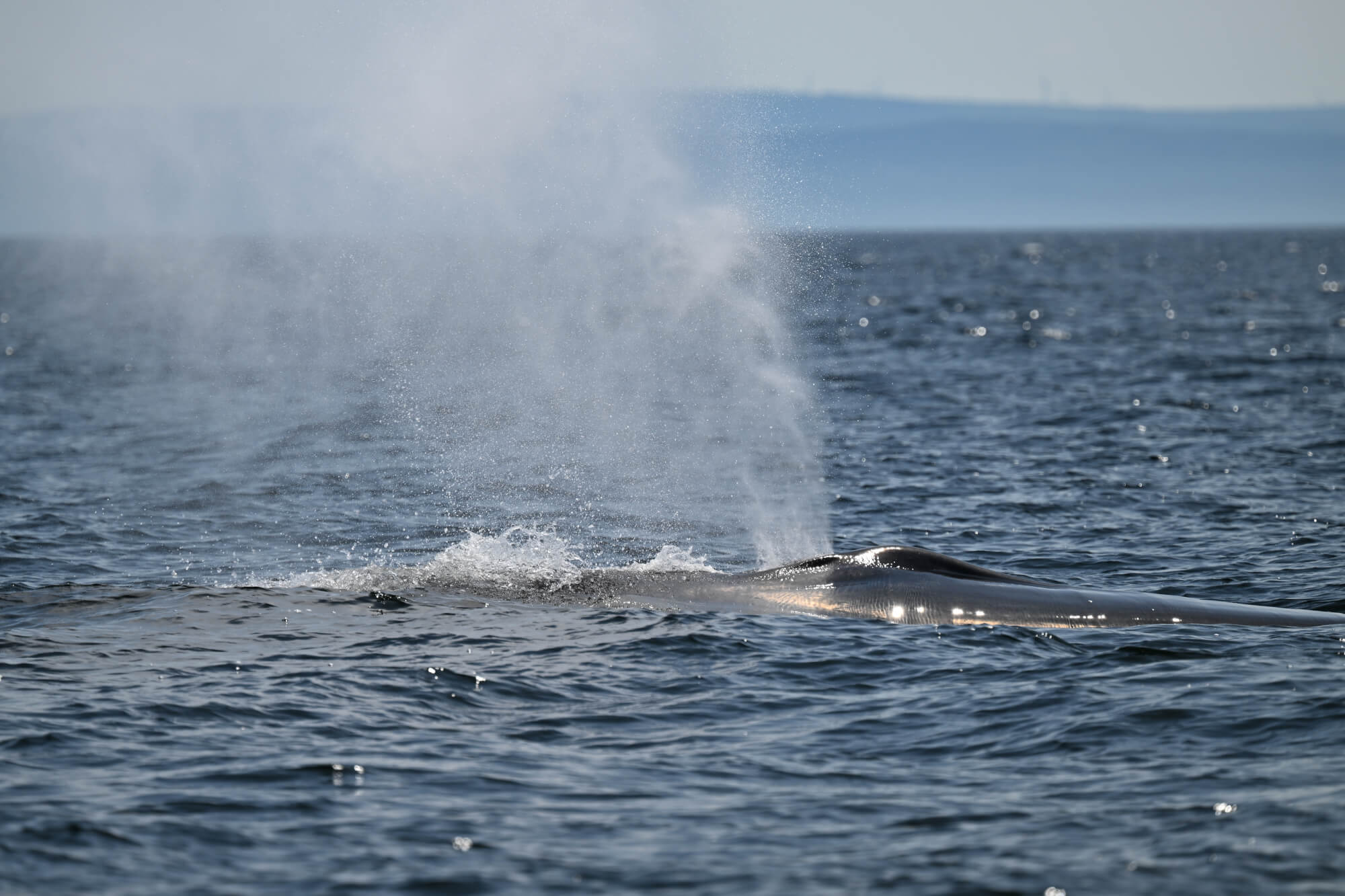For over four months, the South Australia coast has been grappling with a massive algal bloom that shows no signs of abating. The event has been described as a complete disruption to the ecosystem, with over 390 marine species affected by toxins from the algal species Karenia mikimotoi. This situation is similar to an episode that occurred in the St. Lawrence Estuary in 2008.
With numerous harmful algal blooms occurring across the planet at the moment, people are turning to the scientific community for explanations. Climate change is largely to blame for these episodes, especially with rising water temperatures creating more favourable periods for the proliferation of many algal species.
Do we need algae?
Absolutely! In normal quantities, algae are essential for ecosystems. When we talk about phytoplankton such as like toxin-producing dinoflagellates, 50% of the planet’s oxygen is attributable to them! Without their presence in our bodies of water, life on Earth as we know it would not exist.
Aquatic environments around the globe also depend on these single-celled organisms as the basis of their food chains. Without phytoplankton, zooplankton would have nothing to eat. All fish and marine mammal species that rely on them would therefore no longer be able to feed. A better understanding of what whales in the St. Lawrence eat allows us to implement more targeted conservation measures, though this is a complex process. In a recent article in Whales Online, we break it all down for you!
And besides, there aren’t many species that produce toxins! Only 2% of known phytoplankton species are thought to have the capacity to produce substances that are harmful to other animal and plant species.
The situation in 2008
To appreciate the relevance of these issues, we should mention that this has already occurred right here in Quebec! Nearly 20 years ago, in August 2008, a toxic algal bloom caused by Alexandrium catenella covered a swath of 600 km2 in the Saguenay–St. Lawrence Marine Park. The event spelled mortality for 10 belugas, a young fin whale, 85 seals, as well as thousands of fish and seabirds throughout the estuary.
From cyst to hatching
Algal species that produce biotoxins like our Alexandrium catenella have complex life cycles that allow them to adapt to all kinds of conditions. After a growth phase in the form of a cyst, when water conditions are favourable, they begin their vegetative phase, which lasts the rest of their lives. They can thus migrate through the water column using their mobile filaments and take full advantage of the presence of nutrients in deep waters and light near the surface.
Blooms occur when one algal species monopolizes a large portion of the water column to the detriment of other species. The increased presence of toxins produced by some species can have fatal neurological impacts. In the event of particularly dense blooms, sunlight can no longer reach plants below the surface, which puts a stop to all productivity in the aquatic environment, even during the day. The environment is thus literally suffocated by cellular breathing.
Natural cycles of these blooms are observed in certain environments, but today we are seeing many more than before. The increased concentration of phosphate and nitrogen nutrients in our water bodies has been a particularly acute problem in recent years. These two nutrients are essential for the growth of all plants, and with the massive volumes entering the ecosystems through fertilizer runoff or domestic and municipal wastewater discharges, algae are having a field day! However, water temperature, oxygenation and acidity, precipitation, and even winds all have an impact on the presence and intensity of blooms.
Exacerbated by climate change…
In recent years, water bodies across the planet have been warming, becoming more acidic, and losing dissolved oxygen, all of which are symptoms of climate change. What does this have to do with algal blooms? These factors all influence their intensity and frequency! Our resident species Alexandrium catenella may be well suited to the conditions brought about by climate change.
It proliferates more rapidly in warmer environments, produces more toxins in acidic environments, and can take up more space due to a lack of competition in less-oxygenated environments. With the Gulf Stream’s increasing presence in the depths of the St. Lawrence, the water is warmer and less oxygenated than it has been historically, which might increase the likelihood of blooms in the years to come.
Close monitoring
Given the impact these algae can have on the quality of the environments in which they are found, it is essential to monitor their populations to know where and when blooms occur. Fisheries and Oceans Canada uses the Harmful Algae Monitoring Program (HAMP), which includes a sampling site near Tadoussac, and the Atlantic Zone Monitoring Program (AZMP) to count the various microalgae species in the St. Lawrence. Additionally, an interactive map developed by the St. Lawrence Global Observatory (SLGO) allows users to see the risk of Alexandrium catenella blooms throughout the river and estuary in real time.
Programs like this will become increasingly useful if the trend continues toward a steady increase in the presence of these problematic species in our waters.


